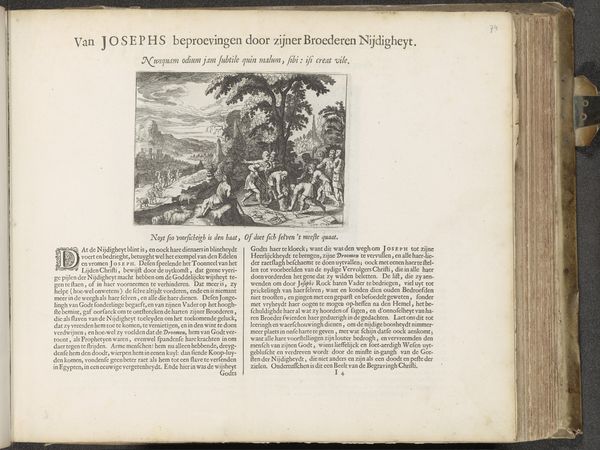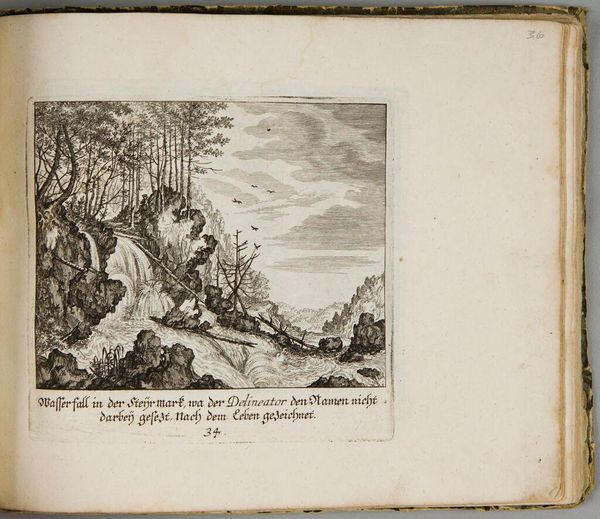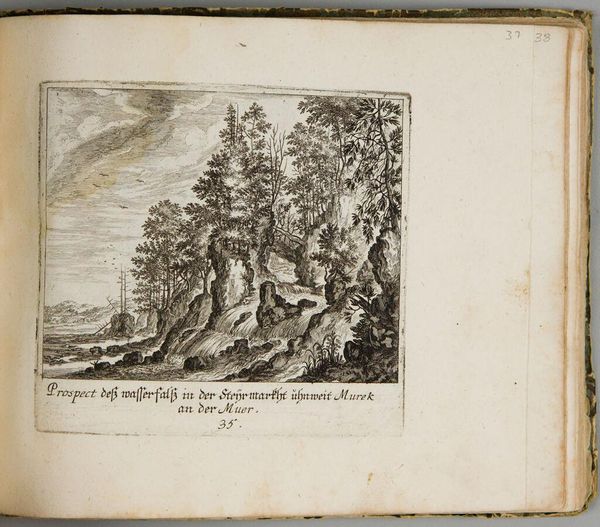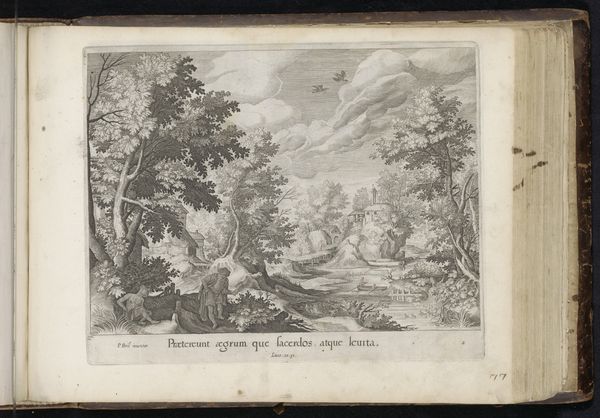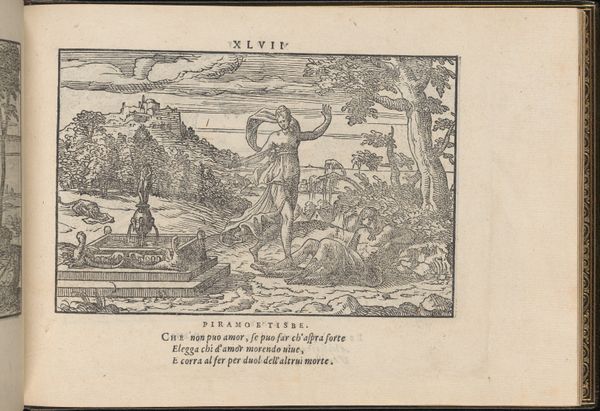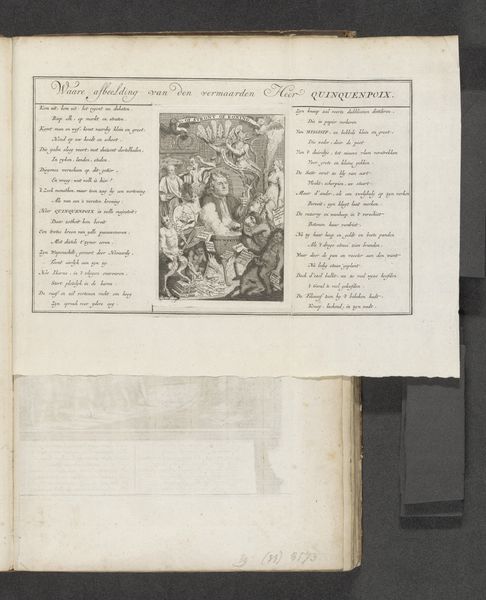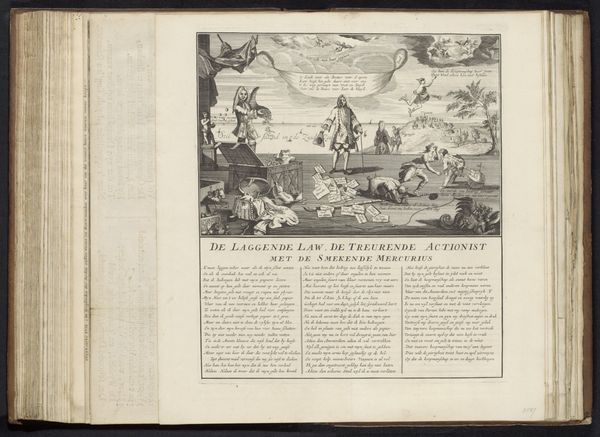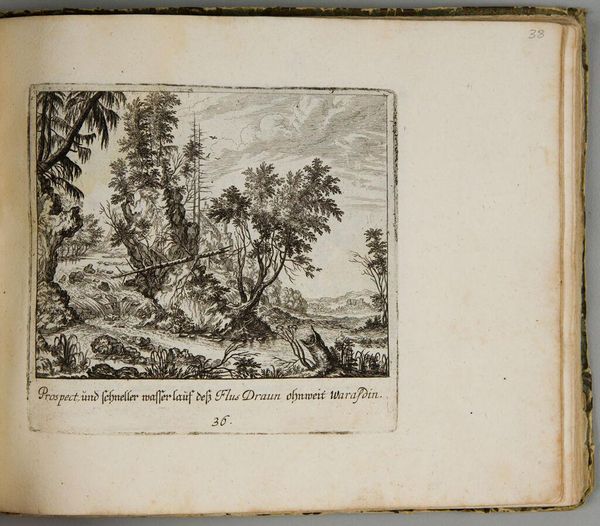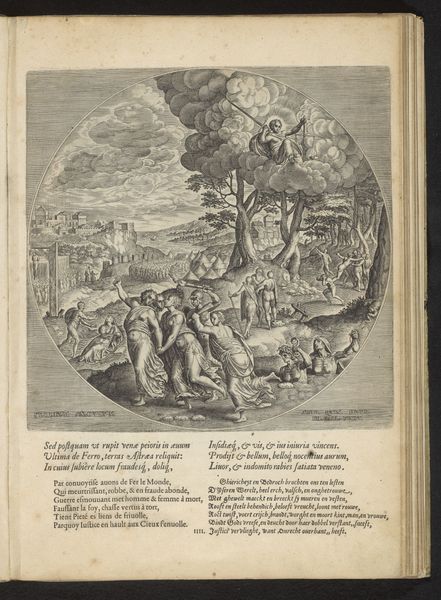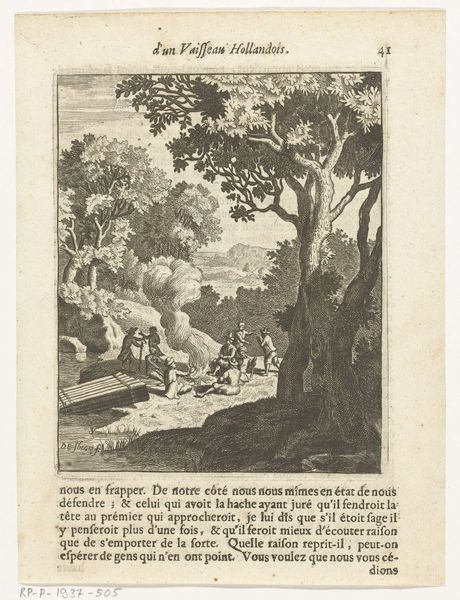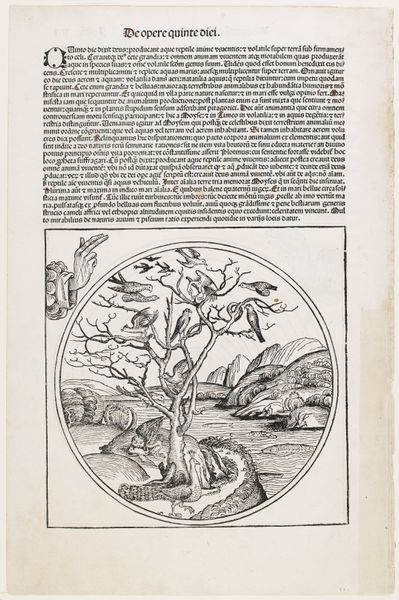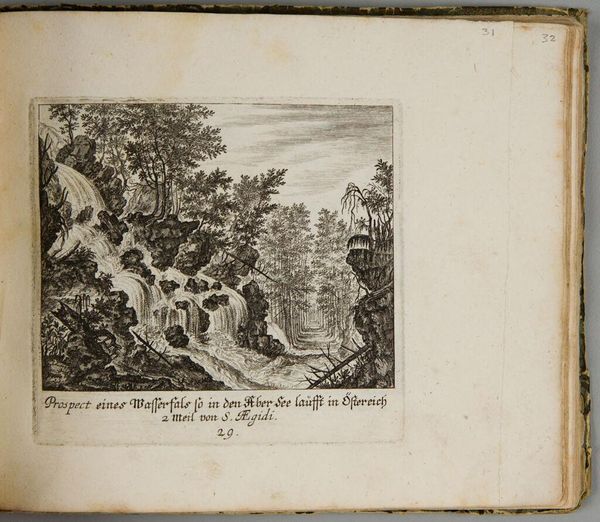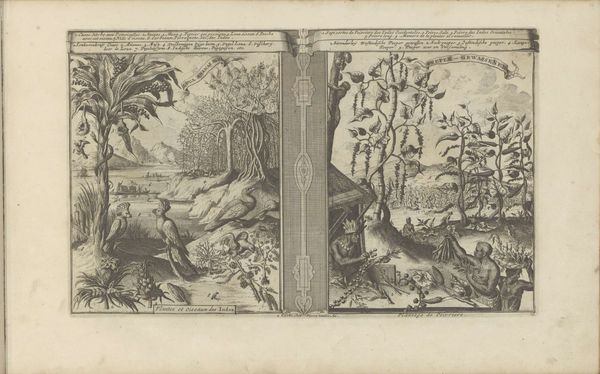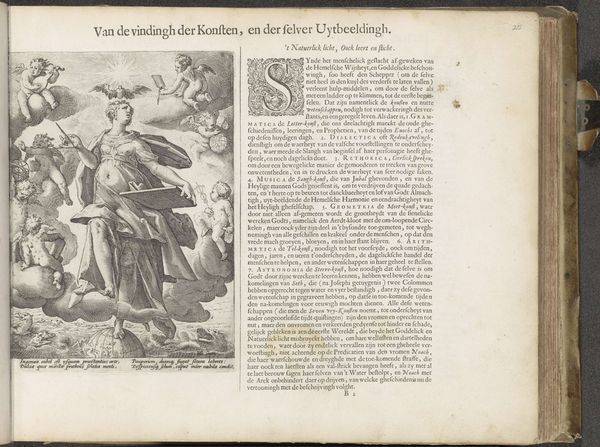
print, etching, engraving
#
baroque
# print
#
etching
#
landscape
#
forest
#
coloured pencil
#
engraving
Dimensions: height 139 mm, width 189 mm, height 295 mm, width 370 mm
Copyright: Rijks Museum: Open Domain
Editor: This print, "Landscape with John the Baptist" from 1653-1654, uses etching and engraving to depict a dense forest. The mood feels quite somber, almost melancholic. What do you see in this piece, especially considering its context? Curator: I see a complex visual narrative interwoven with the sociopolitical realities of the 17th century. Beyond the literal representation of John the Baptist in a landscape, consider how such imagery functions within a Protestant context grappling with religious reform and evolving ideas about personal salvation and authority. Editor: So, it’s not just a religious scene, but also about broader shifts in power? Curator: Precisely. The solitary figure of John, dwarfed by nature, speaks to an emphasis on individual faith, diverging from established hierarchies. Landscape itself was evolving as a genre, reflecting perhaps a shifting focus from communal religious spaces to individual contemplation within the natural world. Think about how the burgeoning merchant class may have found resonance in depictions of land ownership and dominion, albeit often veiled in religious or mythological narratives. Editor: That’s interesting! So even something seemingly straightforward, like a landscape, can reflect really complex power dynamics. Curator: Absolutely. Etchings like this, widely reproducible, played a crucial role in disseminating these shifting ideologies. Consider how access to imagery shapes public consciousness and reinforces certain ways of seeing the world, even today. Editor: I hadn’t thought about it that way. I was focusing on the artistic elements, but understanding its cultural role really deepens the impact. Curator: Exactly, art isn't created in a bubble! By looking through the lens of the artwork's history we develop a much richer, fuller understanding.
Comments
No comments
Be the first to comment and join the conversation on the ultimate creative platform.
